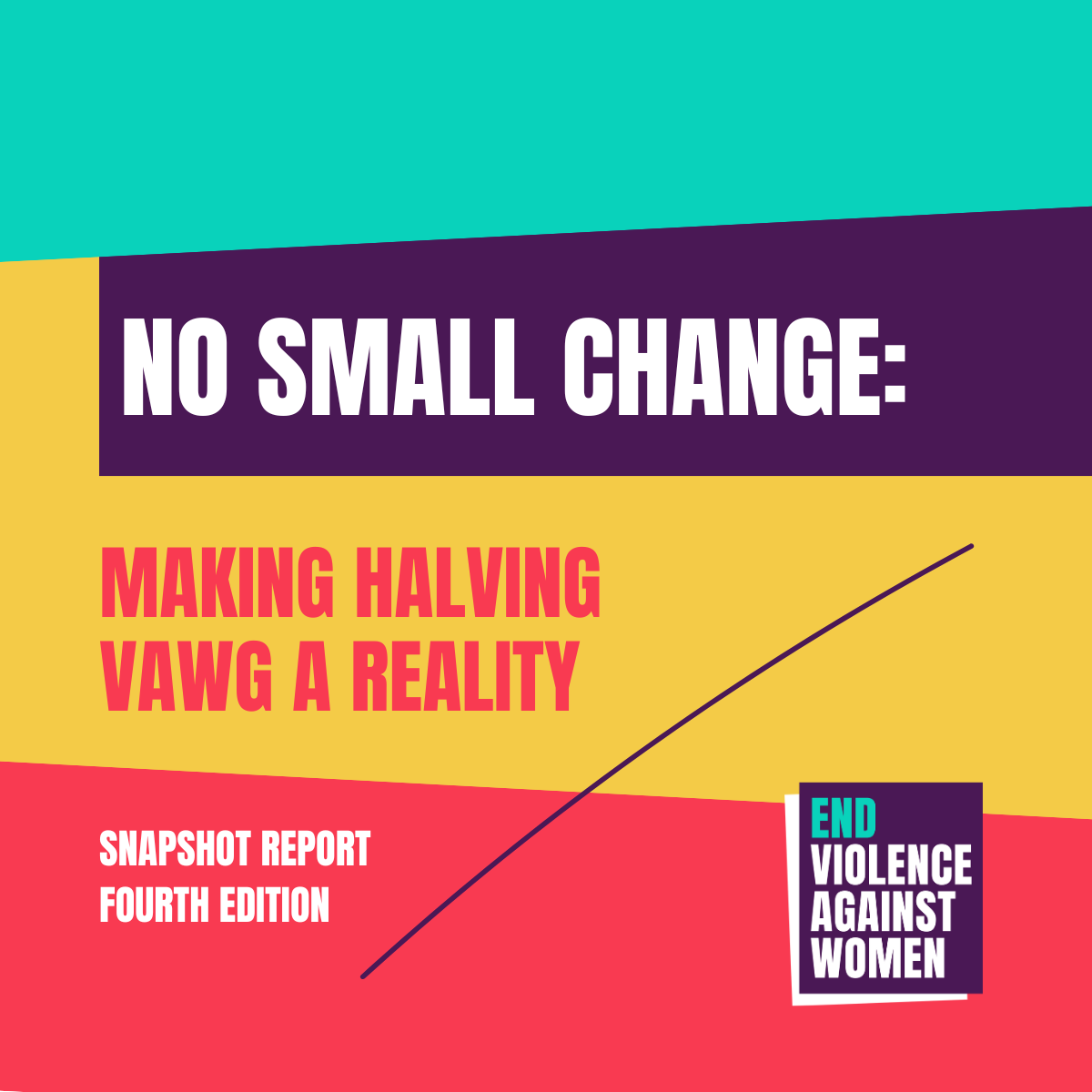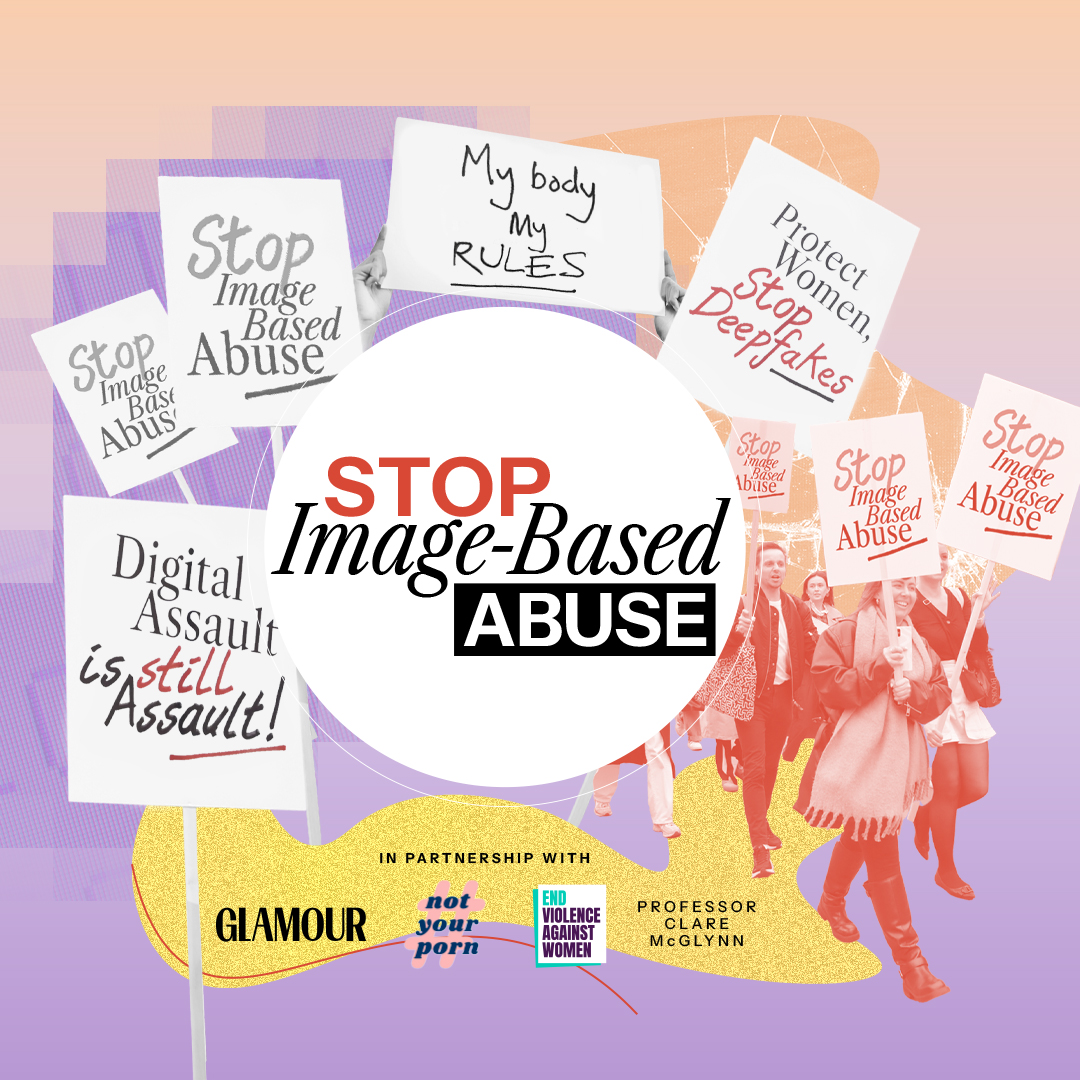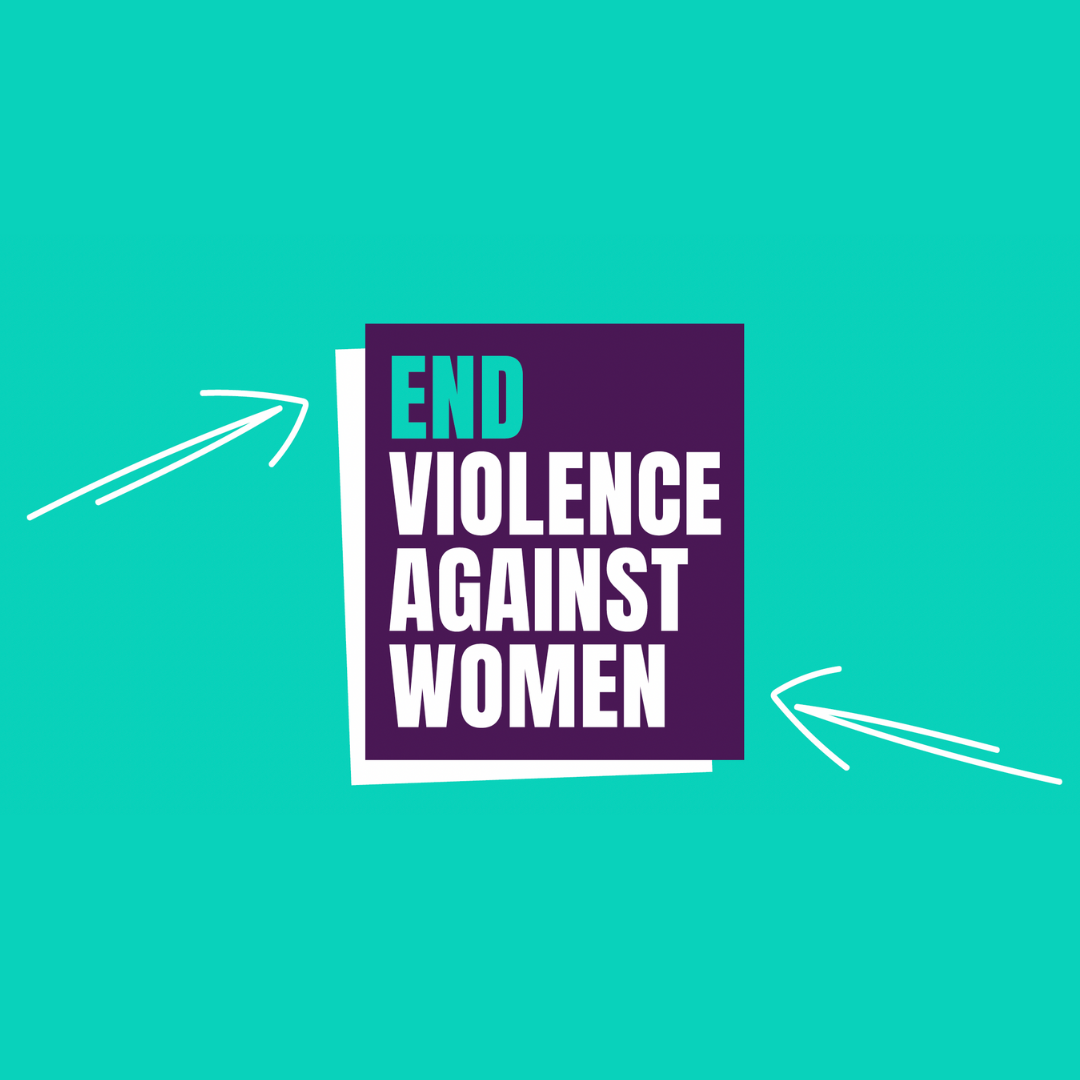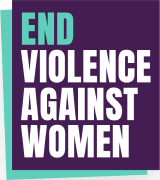 19 Mar
19 Mar
The data, released yesterday (24th August 2021), reveals that during the period 2nd – 27th June 2021:
- One in two women felt unsafe walking alone after dark in a quiet street near their home, compared to one in seven men.
- One in two women felt unsafe walking alone after dark in a busy public place, compared to one in five men.
- Four out of five women felt unsafe walking alone after dark in a park or other open space, compared to two out of five men.
- Two out of three women aged 16 to 34 years experienced one form of harassment in the previous 12 months; with 44% of women aged 16 to 34 years having experienced catcalls, whistles, unwanted sexual comments or jokes, and 29% having felt like they were being followed.
- Disabled people felt less safe walking alone in all settings than non-disabled people.
The data comes two months after the release of the government’s new Tackling Violence against Women and Girls Strategy; launched in light of the increased public attention, anger and distress about violence against women and girls following the murders of Sarah Everard, Bibaa Henry, Nicole Smallman and many others.
The data confirms what women’s organisations have long known and sounded the alarm about: that being followed, harassed and assaulted are almost universally shared experiences of being a woman and girl, and that the threat of men’s violence leads to additional “safety work” and a restricted sense of freedom.
While we welcome the release of gender-disaggregated data, which is useful to understand the bigger picture violence against women and girls, disaggregation by race and ethnicity falls short, hindering a fuller analysis of how intersecting inequalities impact Black and minoritised women’s feelings and experiences of safety in public.
To work from a data set which has over 15,000 white respondents but fewer than 1,000 Black and minoritised respondents shows a significant data gap when it comes to the lived experiences of Black and minoritised women. This is a glaring omission when we know the disproportionate extent to which they are affected by sexual harassment and abuse and how often it is combined with racism, underscoring the need to prioritise intersectional analysis from the design stage of all policy research and to consult specialist ‘by and for’ women’s sector organisations.
Additionally, data on disabled people’s perceptions of safety in public places is not disaggregated by gender, race or ethnicity, further hindering analysis of the impact of intersecting inequalities.
Rebecca Hitchen, Head of Policy and Campaigns at the EVAW Coalition, said:
“This data confirms what we know: that violence against women and girls remains a constant threat in every sphere of existence. Women’s inequality is impacting their rights and freedom to be safe from threats of violence. Women are tired of constantly undertaking personal risk assessments and invisible safety work to keep themselves safe from male violence. Black and minoritised women face disproportionately high levels of violence, yet specialist support services ‘by and for’ them face the most significant barriers to funding, leaving some of the most affected women without the help they need.
“This data comes on the heels of the government’s new Tackling Violence against Women and Girls Strategy and the Safer Streets Fund; both of which aim to prevent and improve responses to VAWG but fall short by failing to tackle the root causes of VAWG. Street harassment and threats of violence do not exist in a vacuum; they are part of a broader issue of violence against women and girls that is underpinned by women’s inequality, male power and control.
“We’re concerned that superficial measures to tackle women’s safety, such as street lighting plans and crowdsourcing ‘hotspots’ of violence, may at best be ineffective and at worst lead to increased over policing of Black and minoritised communities. A narrow focusing on policing alone will not end or prevent VAWG. Instead it needs a whole systems approach focused on prevention, including by challenging public attitudes to gender norms and the misogyny that underpins violent behaviour.”
ENDS
Media information
Spokespeople available for interview.
EVAW media line: 07960 744 502 Email: admin@evaw.org.uk
Recommended ARTICLES
 19 Mar
19 Mar
 05 Mar
05 Mar
 27 Feb
27 Feb

